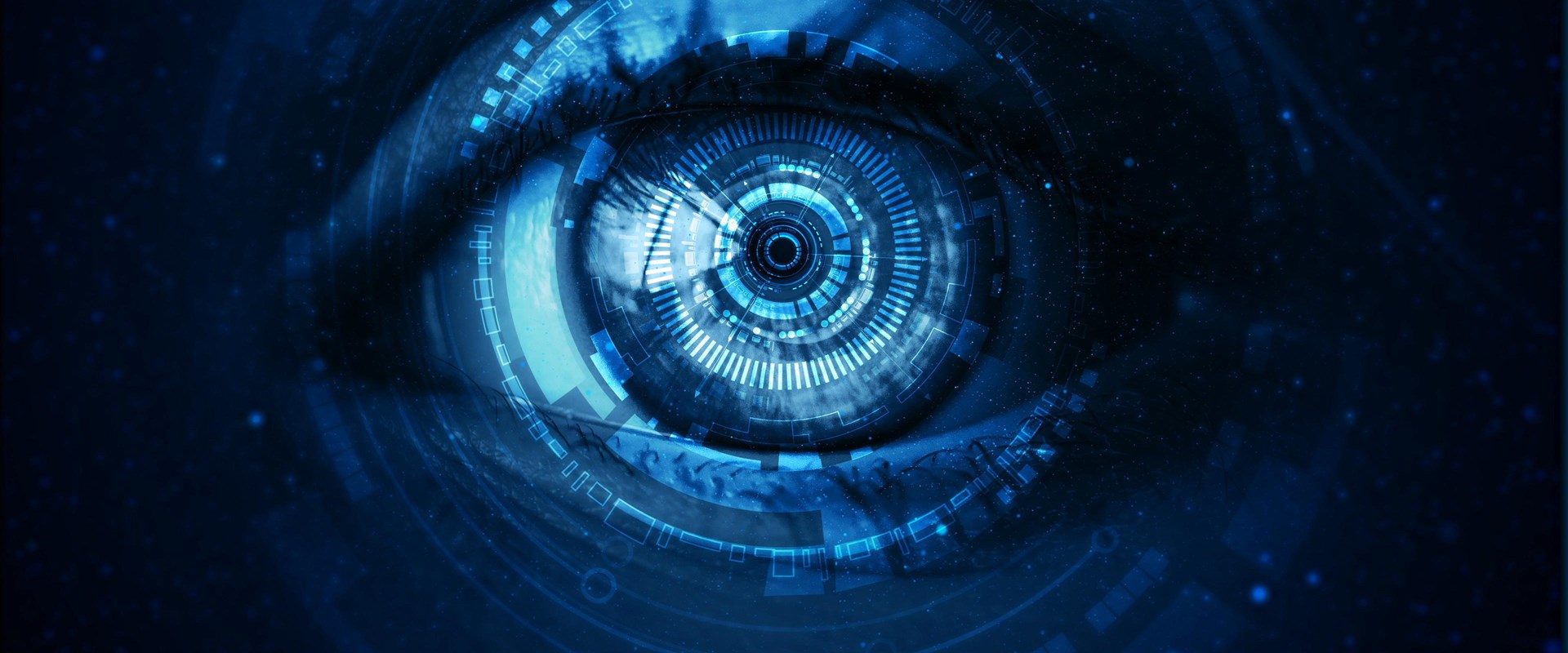Artificial intelligence (AI) technology has seen an impressive and rapid development in the last few years. As a result, businesses that use or develop AI are keen to learn how to protect their innovations. In this article, we discuss some of the benefits and challenges of seeking patent protection in a particular branch of AI: computer vision.
WHAT IS THE DIFFERENCE BETWEEN AI AND COMPUTER VISION?
AI is an umbrella term that includes computer vision as one of its subfields. AI refers to a wide range of technologies and techniques that allow machines to exhibit human-like intelligence. Computer vision, on the other hand, is a type of AI that enables computers and systems to derive meaningful information from digital images, videos, and other visual inputs. For instance, computer vision can help machines understand what is in an image or video. This technology has seen great advances in recent years mainly because of the advent of novel deep learning algorithms including convolutional neural networks, recurrent neural networks, encoder-decoder architectures, and the like1.
WHY WOULD YOU SEEK TO PATENT A COMPUTER VISION INVENTION?
Businesses seek to protect technologies that have or potentially will have a commercial impact. Computer vision inventions are no exception. Being able to quickly and accurately understand complex scenes is an ability key to the performance in many areas of industry such as autonomous navigation, robotics, surveillance, traffic monitoring, smart agriculture systems, healthcare and others. Therefore, tech companies are increasingly seeking to obtain patent protection for inventions in this technical space.
CAN YOU PATENT COMPUTER VISION INVENTIONS IN THE UK?
Technical contribution
The UK Intellectual Property Office (UK IPO) treats AI-related inventions as any other computer-implemented inventions, that is to say, an invention must provide a technical contribution in order to be patentable2. The invention must also be something more that just a mathematical method or a computer program.
For example, AI algorithms “as such” (or in and of themselves), without a link to a real-world process or a special hardware adaptation, are unlikely to be considered patentable. The European Patent Office, whose principles on patentability of computer-implemented inventions are largely harmonised with the UK, confirmed how difficult it can be to obtain patents for AI methods as such when the Board of Appeal refused an application involving a neural network model which, according to the applicant, contributed to the improved performance of neural networks in general but was not applied to any specific real-world problem3.
On the other hand, AI inventions which are used as a tool in the context of a real-world technical process are good candidates for patent eligibility. The technical process can be either internal or external to the computer on which the AI runs. Generally, this includes computer vision tasks applied to any of the industrial areas listed above.
Other considerations
Now suppose that you have an applied computer vision invention likely to be seen as providing a technical contribution, e.g., a novel deep learning method for predicting future motion of real-world objects captured in images (or video streams) based on semantic segmentation. What other issues beyond the technical contribution of an invention should be considered?
All UK patents must be sufficiently disclosed. Patent Examiners typically assess sufficiency of the disclosure on a case-by-case basis but guided by four general principles, namely, the specification must:
- enable the invention to be performed over the whole range of the claim;
- disclose the invention in a way sufficiently clear and complete for it to be performed by a person skilled in the art;
- enable the invention to be performed without undue burden or further invention; and
- disclose the best method known to the applicant of performing the invention.
Naturally, the issue of sufficiency is technology-specific, which means that Examiners must consider the sufficiency of a patent application from the point of view of a person skilled in the art.
Regarding AI, particularly, it may be required to go beyond a “black-box” description of the AI invention.
The EPO recently refused an application related to estimating a physiological parameter of a patient by analysing (non-image) medical data of the patient using a neural network because the characteristics of the training data that allowed said parameter to be estimated were not sufficiently described4. The UK IPO has stated that this decision reflects and is consistent with the guiding principles above.
The output obtained from a deep learning network is fully determined by the input, the network architecture and its weights. Hence, training data, which is used to establish the weights during training, also determines the output and thus it is crucial to assess whether an invention can be reproduced and whether an alleged result can be achieved over the scope of the claims.
Prospective applicants should therefore keep in mind that the disclosure of an AI invention relying on particular features of a training dataset should define those details in a manner that enables the invention to be reproduced consistently and without much burden.
If you wish to discuss any issues related to the protection of innovations in computer vision or related subjects, please do not hesitate to get in touch.
Potter Clarkson has a team of attorneys who specialise in electronics and computing. We have extensive experience in telecoms, software, and AI inventions - you can also read our previous posts on the patentability of Internet Of Things (IoT) and Materials Discovery, as well as general guidance on AI patentability.
REFERENCES
- Abbas, Q., Ibrahim, M.E.A. & Jaffar, M. Video scene analysis: an overview and challenges on deep learning algorithms. Multimed Tools Appl 77, 20415–20453 (2018). https://doi.org/10.1007/s11042-017-5438-7
- Examining patent applications relating to artificial intelligence (AI) inventions: The Guidance - GOV.UK (here).
- Decision of the Board of Appeals T 0702/20
- Decision of the Board of Appeals T 0161/18





